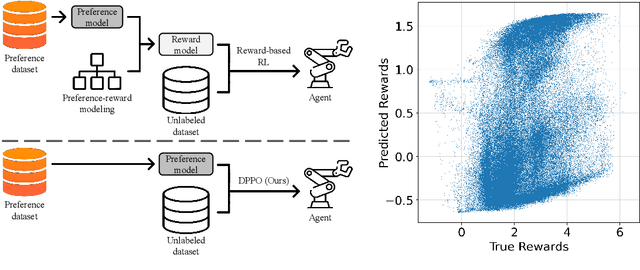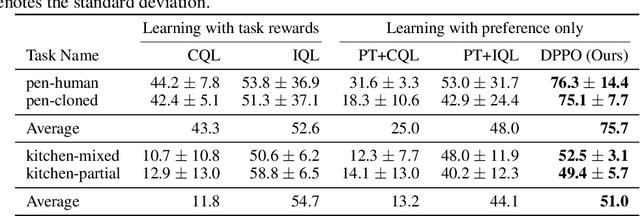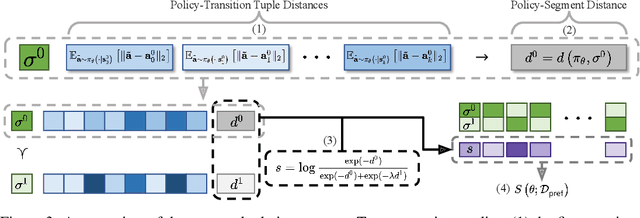Xingdong Zuo
HyperCLOVA X Technical Report
Apr 13, 2024Abstract:We introduce HyperCLOVA X, a family of large language models (LLMs) tailored to the Korean language and culture, along with competitive capabilities in English, math, and coding. HyperCLOVA X was trained on a balanced mix of Korean, English, and code data, followed by instruction-tuning with high-quality human-annotated datasets while abiding by strict safety guidelines reflecting our commitment to responsible AI. The model is evaluated across various benchmarks, including comprehensive reasoning, knowledge, commonsense, factuality, coding, math, chatting, instruction-following, and harmlessness, in both Korean and English. HyperCLOVA X exhibits strong reasoning capabilities in Korean backed by a deep understanding of the language and cultural nuances. Further analysis of the inherent bilingual nature and its extension to multilingualism highlights the model's cross-lingual proficiency and strong generalization ability to untargeted languages, including machine translation between several language pairs and cross-lingual inference tasks. We believe that HyperCLOVA X can provide helpful guidance for regions or countries in developing their sovereign LLMs.
Designing an offline reinforcement learning objective from scratch
Jan 30, 2023



Abstract:Offline reinforcement learning has developed rapidly over the recent years, but estimating the actual performance of offline policies still remains a challenge. We propose a scoring metric for offline policies that highly correlates with actual policy performance and can be directly used for offline policy optimization in a supervised manner. To achieve this, we leverage the contrastive learning framework to design a scoring metric that gives high scores to policies that imitate the actions yielding relatively high returns while avoiding those yielding relatively low returns. Our experiments show that 1) our scoring metric is able to more accurately rank offline policies and 2) the policies optimized using our metric show high performance on various offline reinforcement learning benchmarks. Notably, our algorithm has a much lower network capacity requirement for the policy network compared to other supervised learning-based methods and also does not need any additional networks such as a Q-network.
 Add to Chrome
Add to Chrome Add to Firefox
Add to Firefox Add to Edge
Add to Edge